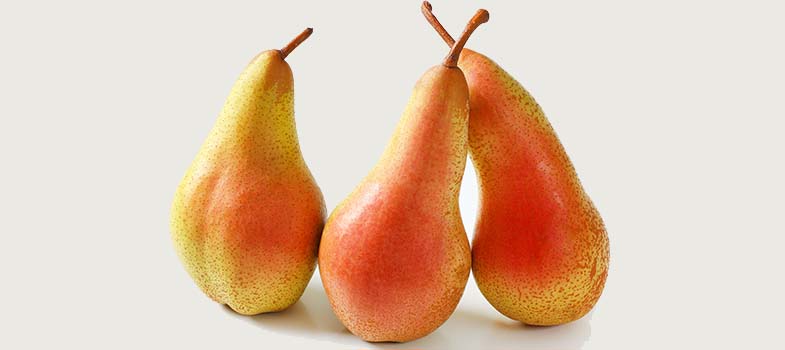3.1 The evolution of monogamy
So far you have considered your own understandings and definitions of infidelity and where these might come from. Now it is worth thinking about your attitudes towards monogamy.
Activity 3.1 View of monogamy
Discussion
In some regards Britain may be an increasingly sexually tolerant society – for example large scale research in the UK suggests growing acceptance of same-sex sexual relationships (Mercer et al., 2013) – and yet attitudes towards infidelity appear to have hardened. In the British National Surveys of Sexual Attitudes and Lifestyles survey, between 1990 and 2012 there was a big rise in the number of men and women who responded that ‘non-exclusivity in marriage’ was ‘always wrong’, up from 45% to 63% for men and from 53% to 70% for women – a combined increase in disapproval ratings of over 17% in just 12 years (Mercer et al., 2013).
Hypotheses about monogamy/infidelity which consider animal mating behaviour, as well as those focussed purely on human evolutionary history, share a core assumption that monogamy in humans has evolved because it has conveyed advantages in reproduction and survival, which have led to the successive inheritance of genes that push humans towards monogamy. As de Waal and Gavrilets (2013, p. 15167) write:
Biologists prefer to place monogamy in a broad comparative perspective to determine what factors may have promoted its evolution. Why is monogamy ten-times more common in birds than mammals? Additionally, even though relatively common in primates, why are there no primates—other than humans—in which multiple reproductive pairs live together?
For researchers who take this approach, a long-standing argument is that monogamy may have evolved in humans because without male investment in infant and childcare (including contribution of his food resources) human children are less likely to survive. However, others have argued that monogamy evolved either as a strategy to prevent infanticide by competing males or as a form of mate guarding necessary due to (dispersed) geographic distribution of females (de Waal and Gavrilets, 2013).
One reason why researchers have focussed on trying to explain male human monogamy is that they are puzzled by it. This is because (assuming the infants survive to themselves reproduce) the most effective way for a man to ensure his genetic legacy is to father as many children as possible, and the best way to do that is to have multiple female partners – i.e. to engage in sanctioned or unsanctioned (e.g. cheating) polygamy. In contrast to men, women do not need to worry about whether their child is in fact genetically ‘theirs’ thus – in the evolutionary argument – their primary evolutionary motive is to ensure child survival, which is presupposed to lead to a concern with access to resources (and attraction to more resource-rich males).
Yet even for women there may be evolutionary payoffs to being unfaithful in terms of ensuring greater genetic variance in children, which may increase infant survival and hence their reproductive success (Zietsch et al., 2015). Zietsch et al. are one of a number of researchers who have argued that a propensity for infidelity has discernible genetic markers. The work of these authors, and those like them, underlines that researchers have used animal/biological/evolutionary arguments to suggest that both monogamy and a propensity for straying outside a couple bond are heritable, ‘natural’ human traits.
3. Understanding infidelity

